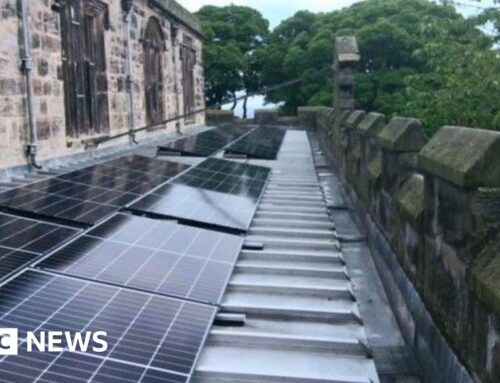China, Climate, and Clean Energy
September 17, 2024

China, Climate, and Clean Energy
China seems to have leap-frogged the U.S. on clean energy. We need to catch up.
China accounts for almost a third of global emissions, over twice as much as the U.S. Its emissions have continued to grow, though not as quickly as during its economic boom years earlier in this century. Yet in 2023, China accounted for about 60% of the world’s new renewables and electric vehicles. Four questions: Why have emissions continued to grow despite the huge expansion in renewables? Will that change? How is China’s clean energy spree impacting other countries? And what does all this mean for the U.S.?
Why have emissions continued to grow despite the growth in renewables?
China’s commitment to clean energy use and to producing clean tech is undeniable. Wind generation in China greatly exceeds that in the U.S., accounting for over 10% of China’s electricity. Domestic Chinese EV sales in 2022 were 6.8 million, eight times U.S. EV sales.
The problem is that China’s energy use grew even faster than its clean energy use. Investment in infrastructure and manufacturing capacity grew by 6-7% in 2023. Prior construction projects have been completed even though investment in new projects is down. The growth in energy use prompted emission increases.
Can China’s clean energy catch up to the growth in energy use?
Some people think that this could happen this year, resulting in an emissions reduction for the year. China’s installations of solar and wind have grown at a hectic pace in the past three years, which does suggest the possibility of catching up to China’s energy use. The amount of new solar capacity in 2023 was double 2022’s, and new wind capacity was up 66%.
However, China will also have to fix problems that have led to an underuse of renewable capacity and a preference for fossil fuel generation on the grid. It’s going to take some serious effort to cut China’s emissions but growth in renewable energy should make that feasible.
How is China’s commitment to clean energy impacting other countries?
China has become the dominant manufacturer of clean energy technologies. About 80% of the world’s production of solar panels comes from China. This year, production grew so quickly that it pushed down prices by over a third, slashing industry profits. China now accounts for 58% of global EV production, with more than 1.5 million exports in 2023. This is not an accident: the government poured $22 billion into the EV industry starting in 2009. And the cars are really cheap: $10,000 for the BYD Seagull. The U.S. car industry fears that Chinese EVs “could end up being an extinction-level event for the U.S. auto sector.”
Chinese government support for manufacturing of clean technologies may be partly due to concern about climate change and urban air pollution. But it also seems to be part of President Xi’s macroeconomic strategy. Since China’s leadership doesn’t want a dramatic increase in consumer spending for whatever reason, it needs to grow exports, and its sees clean tech as a prime area for growth.
From a global point of view, the big plus is that clean technologies are becoming much more affordable in developing countries,. A less desirable side effect from the U.S. perspective is that it gives China a bigger economic footprint in those countries. For example, the Economist, a highly regarded UK journal, says Chinese green tech is “pouring into Latin America.”
What does this mean for the U.S.?
Without a major effort to catch up, the U.S. risks being shut out of important global markets and giving China a source of influence on other countries. The Inflation Reduction Act’s spending was a significant step in that direction. We’ll have to see how things in the U.S. shake out over the next few years. Republican opposition to EVs and renewables could turn out to be a big win for China.
Search
RECENT PRESS RELEASES
Related Post




